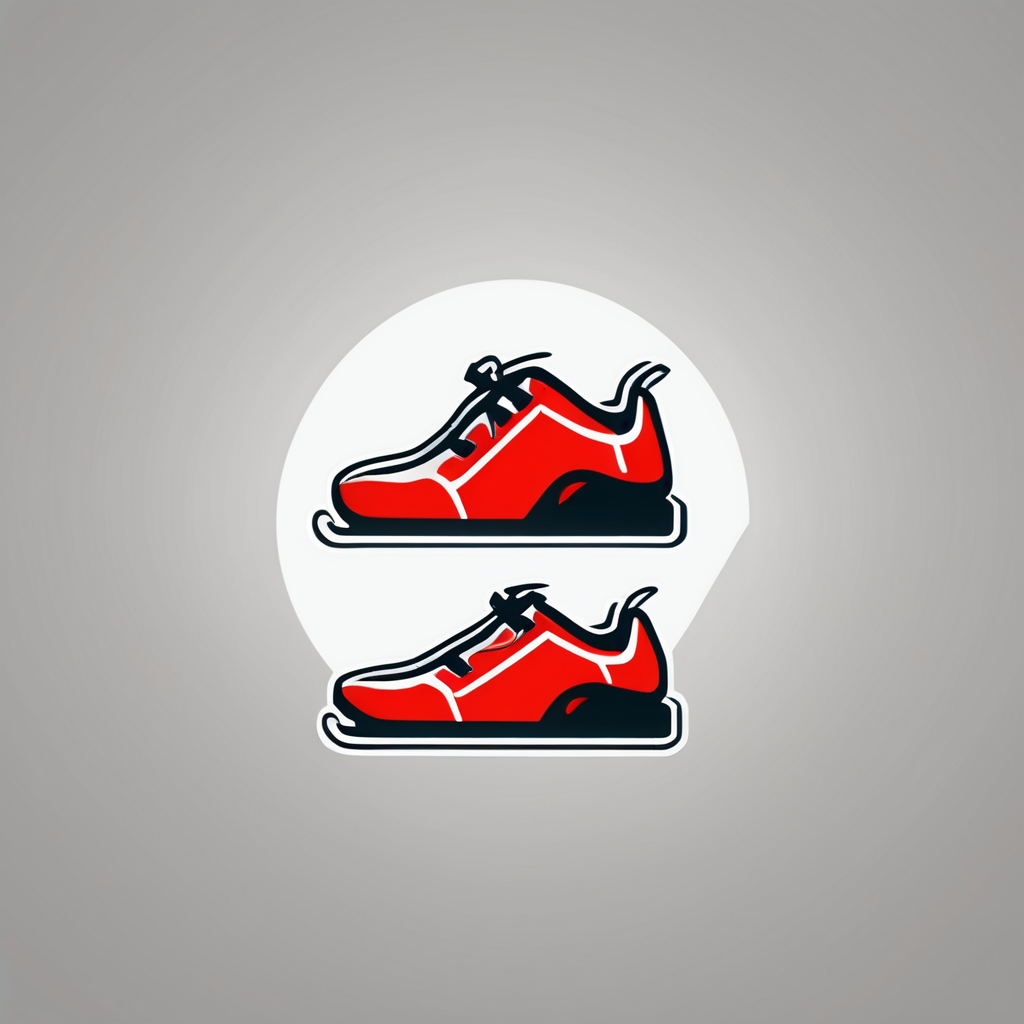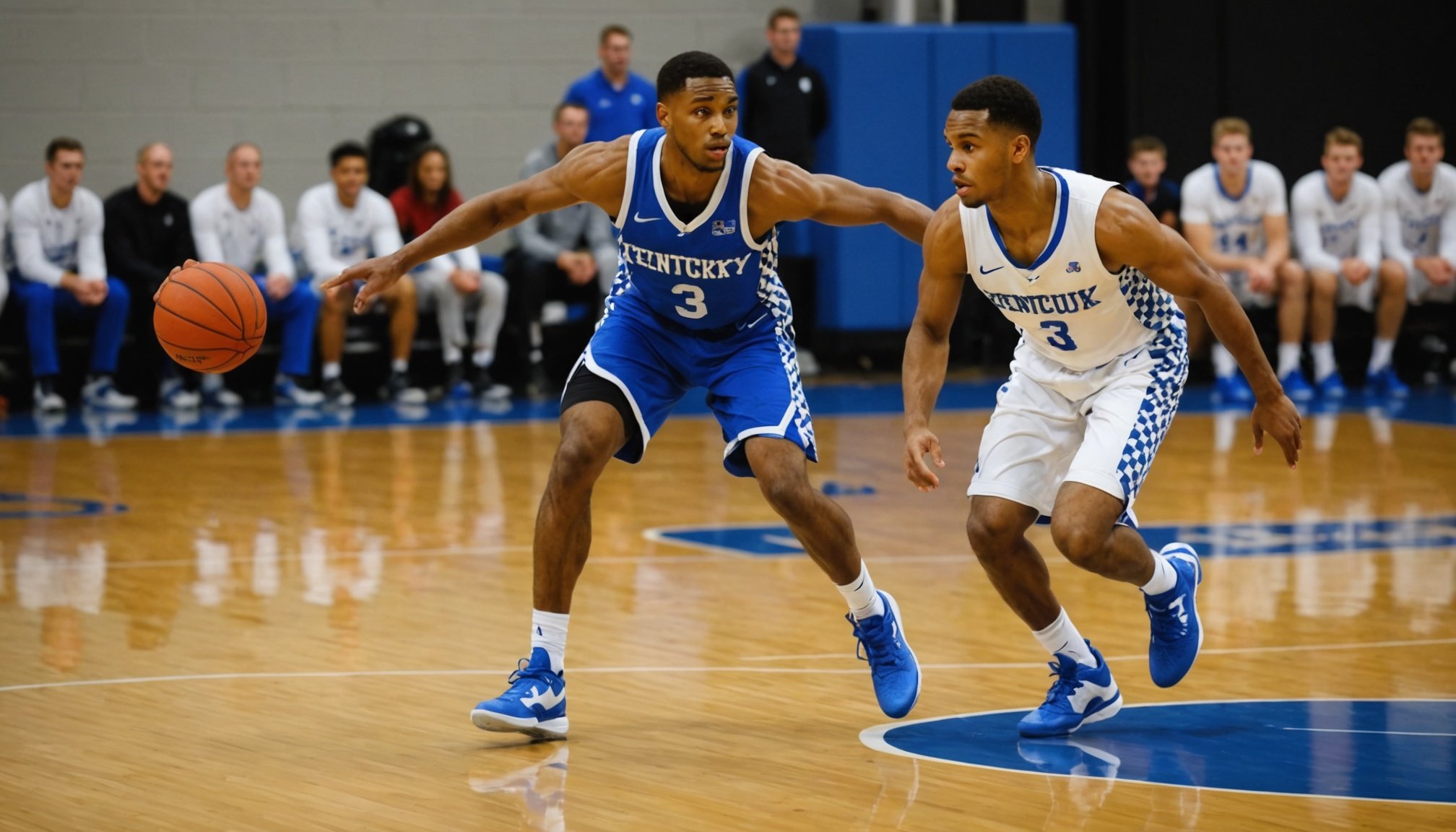Importance of Footwork in Basketball Defense
In basketball, footwork underpins effective defense by allowing players to maintain balance and control. Proper footwork is crucial for executing consistent defensive skills and minimizes defensive fouls. It allows a defender to shadow their opponent effectively without committing unnecessary contact that might lead to fouls.
Good footwork enhances a player’s ability to stay low and agile, embodying the essence of defensive skills. By focusing on foot positioning, players can maintain better body control, ensuring they react appropriately to the offensive player’s movements.
Also to discover : Master Ball-Handling: Elite Drills for UK Basketball Players to Minimize Turnovers Like a Pro!
Agility is intimately linked with quick foot movement, which is vital in basketball defense. Quick lateral movements and pivots allow defenders to swiftly adjust positions, preventing their opponents from scoring easily. This agility empowers players to contend with fast-paced games, offering precise control over their defensive area.
Integrating footwork as a component of basketball training not only improves a player’s overall game but significantly contributes to their defensive prowess. Skill development in footwork fosters a foundation upon which players can build a robust defensive strategy, resulting in a more cohesive and formidable team.
Also read : Top Post-Game Recovery Tips for UK Basketball Players After Grueling Double-Header Matches
Top Footwork Drills for Defensive Skills
Footwork is a crucial element in developing strong defensive skills in basketball. Footwork drills are tailored exercises aimed at enhancing this aspect, supporting players in becoming more effective on the court. The combination of these drills sharpens quick foot movement and overall agility.
Drill 1: Defensive Slide Drill
The Defensive Slide Drill focuses on lateral movement and maintaining an optimal defensive stance. Players should begin in a low stance, feet shoulder-width apart, and move side to side without crossing their legs. Maintaining balance and keeping a consistent eye level is vital. Common pitfalls include rising from stance or letting feet cross over.
Drill 2: Closeout Drill
The Closeout Drill sharpens foot speed and positioning on the defensive end. Starting from the key, players sprint toward the shooter, closing the gap while maintaining balance and control. It’s essential to approach swiftly yet cautiously, ensuring no unnecessary fouls. Modifications like adding offensive players can increase challenge and realism.
Drill 3: Shuffling Between Lines
This drill aids in skill development by improving lateral quickness and reaction time. Setting up lines on the court, players shuffle between them on a coach’s command, enhancing responsiveness. Benefits include improved anticipation and ability to adapt to offensive plays, key in fast-paced environments.
Adapting Drills for Different Skill Levels
Adapting footwork drills to different skill levels is essential for comprehensive player development. Tailoring drills ensures that both beginners and advanced players benefit optimally from their training, focusing on skill-appropriate techniques. For beginners, emphasizing the fundamentals of footwork establishes a solid foundation. Simple drills that prioritize proper stance and basic lateral movements help newcomers build confidence without overwhelming them.
Conversely, advanced players require more challenging scenarios that test their agility and decision-making under pressure. Introducing variables like resistance bands or incorporating real-game situations into drills can enhance the level of engagement and effectiveness.
Monitoring player progress is critical for adapting drills appropriately. Regular evaluation allows coaches to adjust difficulty according to the player’s growth in skills. This might involve increasing drill speed, adding offensive elements, or expanding the court area for more complex movement patterns.
To facilitate this dynamic approach, coaches should consider the following:
- Consistent feedback loops with players to understand their comfort zones and challenges.
- Balancing progression and motivation to keep practice sessions ambitious yet achievable.
- Encouraging peer partnerships for mutual learning and support during drills.
This structured approach ensures players at all levels are equipped to excel in their defensive roles.
Tips for Maximizing Drill Effectiveness
To achieve success in defensive skills through footwork drills, it’s imperative to blend consistent practice with effective techniques. By consistently applying training tips, players can maximise their performance on the court.
Incorporating drills into daily routines fosters muscle memory and improves reflexes. Repetition is key – like honing any skill, the more frequently drills are practised, the more instinctive balanced and well-timed movements become.
Effective drill techniques play a crucial role in enhancing a player’s overall agility and responsiveness. To maximise the benefits of each session, maintaining proper form and focus is essential. Players should concentrate on performing every movement with the utmost accuracy to ensure the practice translates into effective gameplay.
A practical training regime should include varied drills at least three times a week, balancing skill development with time to recuperate. This frequency should ideally be accompanied by peer feedback, which offers perspectives from fellow players and promotes mutual improvement. Constructive critique helps individuals identify personal areas for improvement.
Encouraging peer feedback today can lead to advanced agility and resilience tomorrow. By focusing on these aspects, a player not only sharpens their skills but also contributes meaningfully to their team’s defensive prowess.
Success Stories from Kentucky Basketball Players
Unveiling triumphs from Kentucky basketball athletes illustrates the impactful role of footwork drills in refining defensive skills. These anecdotes not only inspire aspiring players but also validate the efficacy of tailored training regimes.
Player 1: Improvement Through Drills
One Kentucky player reported remarkable growth after integrating footwork drills into their routine. This player specifically noted enhanced lateral movement, resulting in more effective basketball defense during matches. Skills like controlled footwork and improved defensive transitions were attributed to consistent practice of drills such as the Defensive Slide and Closeout. “I’ve noticed a significant reduction in fouling,” remarked the player, emphasizing the transition from frequent errors to seamless defensive execution.
Player 2: Coaches’ Perspective
From the viewpoint of a seasoned Kentucky coach, footwork drills have revolutionised their team’s defensive playbook. The coach observed a marked improvement in team cohesion, thanks to drills focusing on quick foot movement. These exercises allowed players to master rapid response to offensive shifts, solidifying the team’s defensive foundation. Statistical analyses revealed a noticeable decrease in points conceded per game, underscoring the drills’ impact. The coach commended the discipline cultivated through these drills, “Our defensive strategies have become more formidable due to enhanced footwork.”
Additional Resources
Expanding on defensive footwork in basketball involves utilising various resource links and training materials to enhance learning. Video demonstrations are invaluable, providing visual cues and detailed guidance on proper technique. Such resources can effectively depict drills like the Defensive Slide or Closeout, ensuring players understand footwork mechanics. Online platforms, particularly video-sharing sites, host numerous instructional videos that capture the dynamics of footwork drills in real-time.
For players and coaches desiring deeper insights, recommended books and articles offer comprehensive overviews of defensive strategies. Books focusing on basketball defense tactics can provide theoretical frameworks and practical advice, complementing hands-on practice. Additionally, articles by seasoned coaches or athletes share unique perspectives and anecdotes that can inspire and inform.
Lastly, engaging with online forums and communities fosters an environment of continual learning and discussion. These platforms allow for the exchange of ideas, troubleshooting of common challenges, and sharing of personal experiences. By engaging with peers and experts, players can adapt their training approaches, applying fresh insights. This collaborative aspect of modern resources enriches the basketball defensive learning journey for all participants.






